McShane Commemorates Life of Junior Guzman Four Months Later
By Helen Stevenson
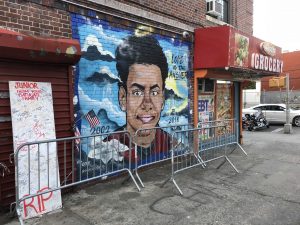
On Wednesday, Oct. 3, the Black Student Alliance (ASILI) and El Grito de Lares paid a silent tribute to the life of Lesandro (Junior) Guzman-Feliz, a 15 -year-old boy and member of the Belmont community who was killed on June 20, 2018.
While commemorating the life of Junior, the event also sought to protest the lack of response from the university and administration. About 50 members of ASILI and El Grito attended, with students holding signs exclaiming their frustration, reading “Your silence is deafening,” “Fordham is our school, the Bronx is our community” and “Am I next?”
After the demonstration and four months after Junior’s tragic death, on Monday, Oct. 15, Rev. Joseph M. McShane, S.J., president of the university, sent out a statement from the administration commemorating Junior’s life and mourning his death.
“The shocking crime was apparently gang-related and a case of mistaken identity,” wrote McShane. “It goes without saying that the death of Junior Guzman, as he was known to the community, is a heartbreaking tragedy, for his life was full of promise, cut cruelly short.”
The demonstration was part of a larger conversation that considered the university’s role as a member of the Bronx community.
“This is something that had happened three or four blocks from the university,” said Charlotte Hakikson, FCRH ’19, vice president of ASILI. “Fordham prides itself by saying ‘We are part of the Bronx’… and this tragic incident happened in the Belmont community and they didn’t [initially] say anything.”
Anya Patterson, FCRH ’19, president of ASILI, questioned the message the university sent by staying silent for so long.
“Why is it that when things happen in our community, nothing is said? When things happen in our community that could potentially negatively affect the image of the university, nothing is said?” she asked. “Why is it that we shy away from discussing those things when they are very real and just as meaningful as others?”
Robert Howe, assistant vice president for communications and special adviser to the president, said the university realized the depth of the conversation after meeting with Diversity Action Committee members during the academic year. He said he takes responsibility for failing to immediately release a statement.
“As I said to DAC members at the meeting, I dropped the ball; I hadn’t brought Junior’s death to Father McShane’s attention nor advised a statement at the time because I wasn’t aware of the depth of students’ upset until the Fall semester began,” he said. “I had a conversation with Father McShane shortly thereafter, and he decided a statement was in order.”
Once the statement was eventually put forward, it addressed the concerns of ASILI and El Grito de Lares about Fordham’s role in the Bronx community.
“‘Who is the Fordham community?’ This seemingly simple question, however, admits of no easy answer. Indeed, the question requires a fairly extensive answer,” wrote McShane. “Since we are bound to our neighbors with such strong ties of affection, when one of our neighbors suffers, we rightly suffer as well. Therefore, we mourn the loss of Junior Guzman (who by all accounts was a lovable and promising young man) as one of our own.”
Hakikson said that although she was happy to have received the university statement, she still wishes it was released sooner.
“I was glad to have received the email this morning concerning the issue,” she said. “I’m still disappointed at the fact that it took the university nearly four months after to speak on it, but I guess this is one of the situations where it’s better late than never.”
Patterson hopes that in the future, continued dialogue within the Fordham community will bring awareness to events, tragedies as well as accomplishments, that happen outside the gates.
“We’re hoping that through these events and events to follow, whether they’re dialogues or demonstrations,” she said, “our peers will wake up and start to see that not only are these are issues that they should be talking about, but that our faculty, staff and administration should pay attention to.”
Hakikson said she wishes the Bronx will not see such tragedies in the future. However, in such event, she hopes the university will be able to put out a statement concerning the issue before it becomes national news.
“It sends the message to the community that we aren’t here just to occupy space and separate ourselves; but rather, we are embodying our core values and being men and women for and with our community,” she said.
Concerning future communication with its students, Howe said there is no blanket rule for when the university releases statements. However, the administration aims to maintain a dialogue that includes the community around the university.
“We are more likely to issue statements that affect students and our close neighbors, such as the Belmont fire back in January of this year,” he said.

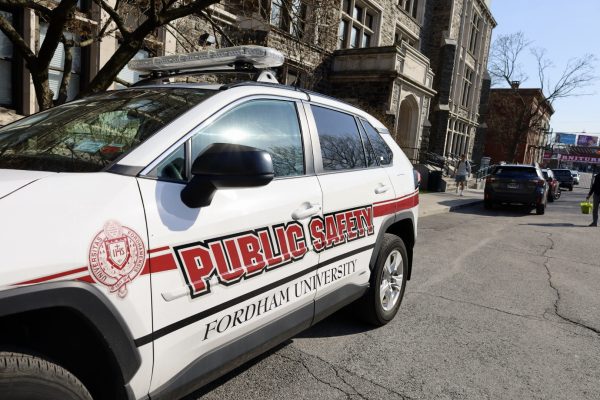

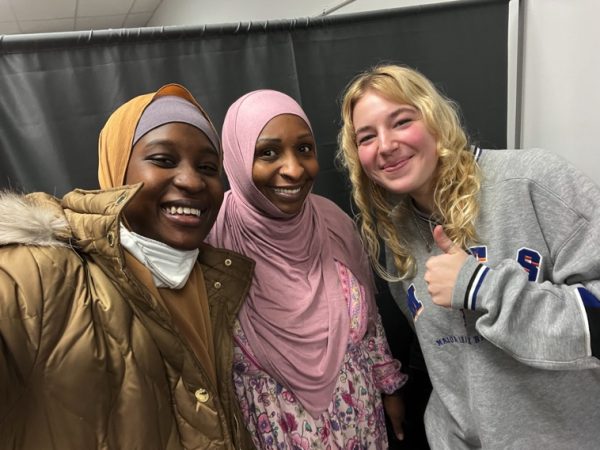
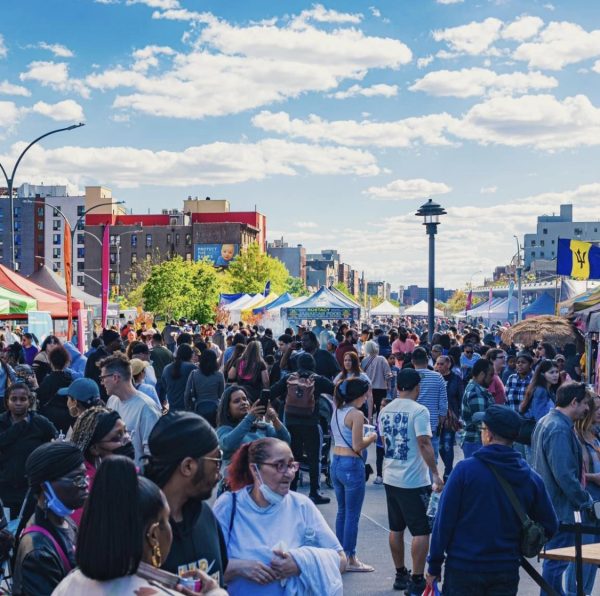
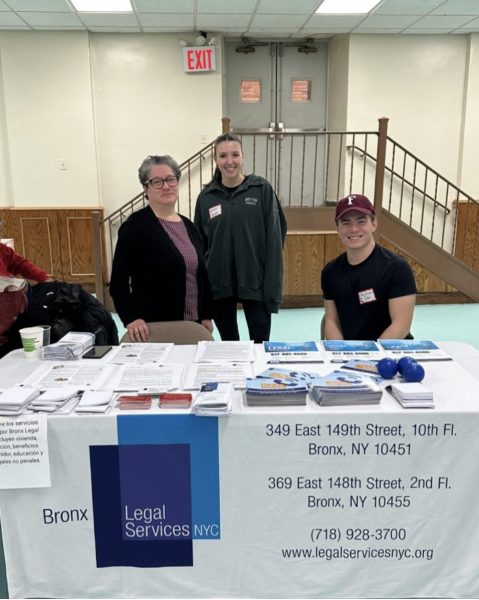
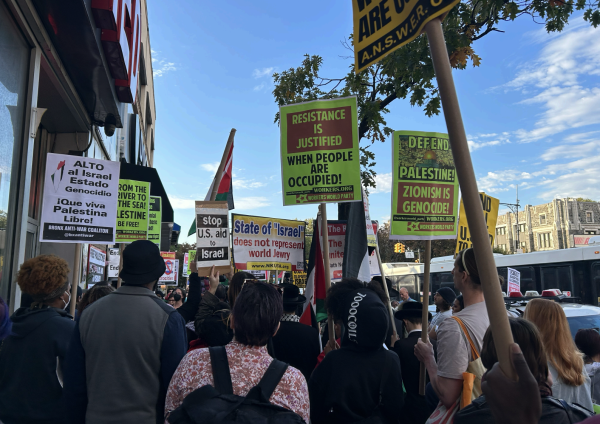
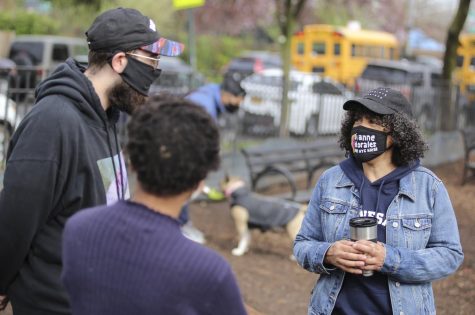
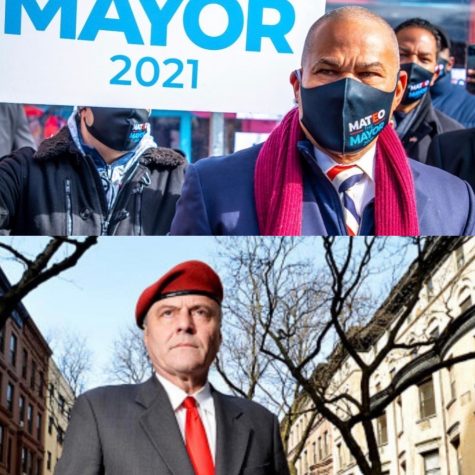
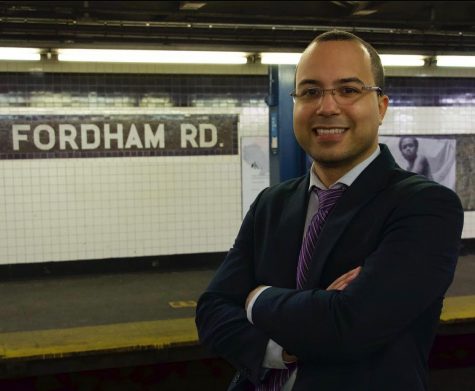
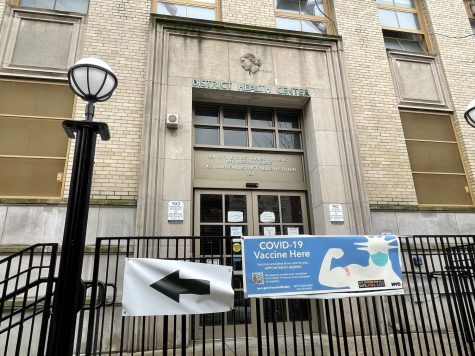
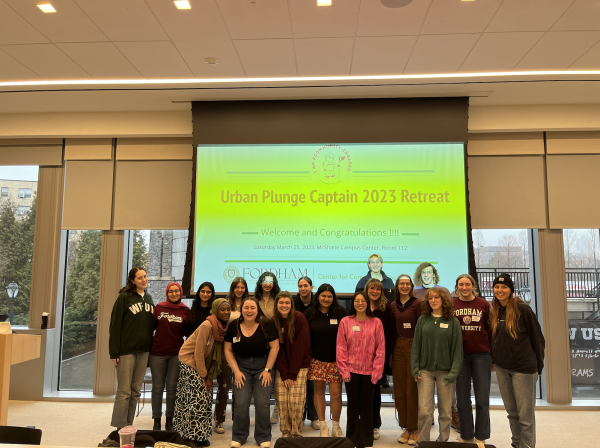
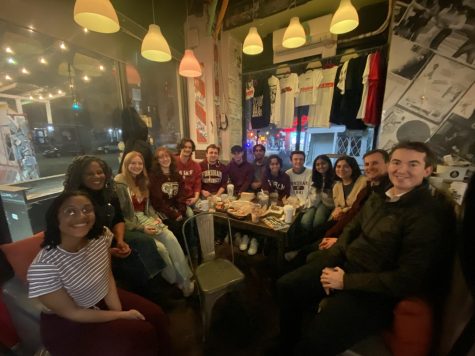
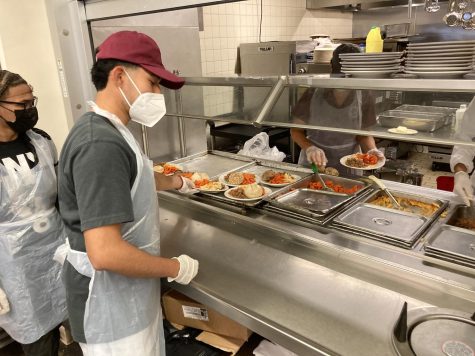
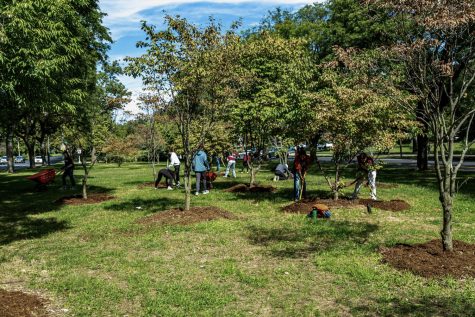
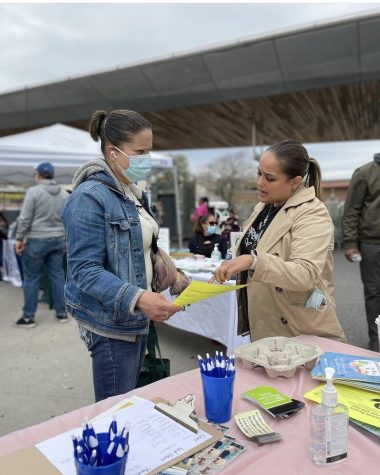
breanna lee • Nov 7, 2018 at 1:28 pm
rip jr